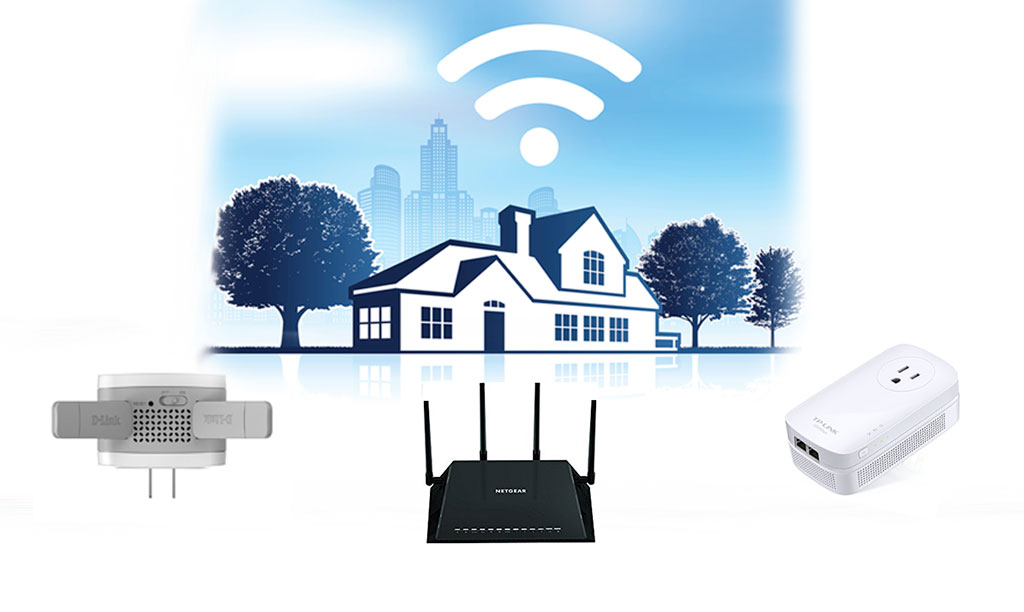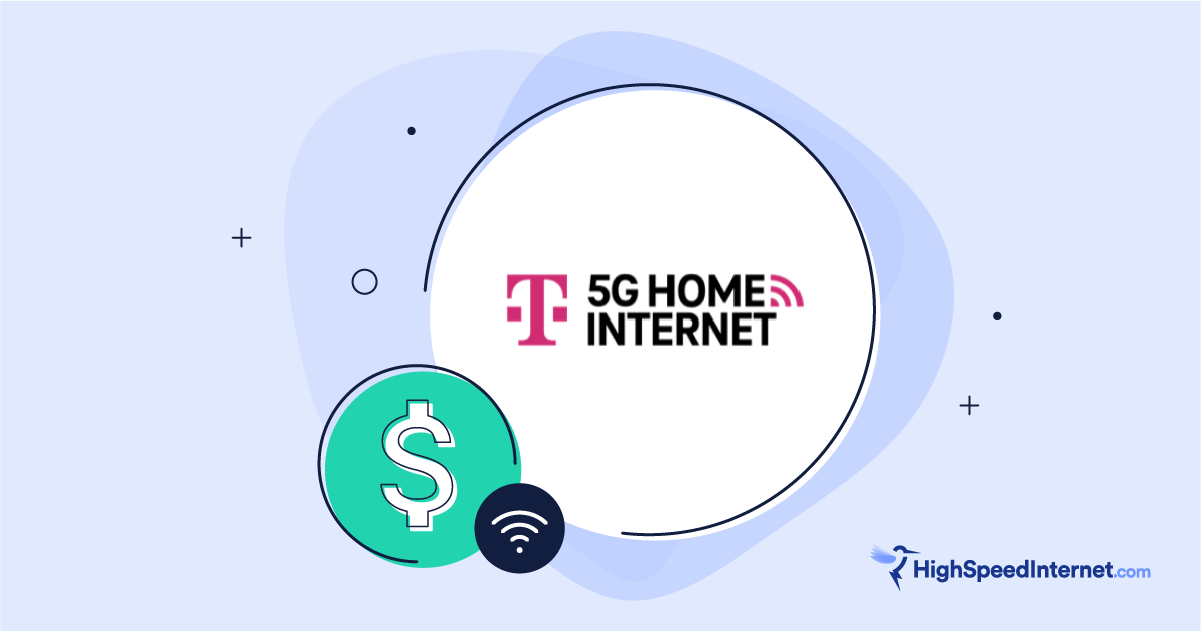How To Start a Blog
A step-by-step guide to getting started as a blogger
Oct 8, 2024 | Share
How-To
Blogging is a huge part of the internet. There are personal blogs, corporate blogs, microblogs, vlogs, edublogs, and more. And if you want to get technical, many of the biggest websites on the internet are really just blogs once you look under the hood.
If you’ve been thinking about starting a blog, we’re going to walk you through the basics of everything you need to know to get going.
Wait, what’s a blog?
A blog (shortened from “weblog”) is simply an online collection of entries or posts, typically showing the newest ones first and then running backward chronologically.
People were doing this sort of online posting on the bulletin board systems (BBSs) and Usenet groups of the 1980s, but it really took off in the late 90s after the introduction of the World Wide Web and the creation of specialized software for online journaling. Blogging sites like Slashdot, LiveJournal, and Blogger launched during this time. WordPress, the most popular blogging software, was created in 2003.
Today, blogs are a huge part of the media landscape. Blogs often break news stories before traditional news publications. The careers of journalists, politicians, and celebrities have been made and ended by blogs. At the same time, blogs are also still used by everyday people to document their hobbies, keep friends updated, or simply to record a diary of their lives.
What type of blog do you want?
The first step in starting a blog is to determine what kind of blog you want—including the topic you want to blog about. A fashion blog is going to look a lot different than a corporate blog for a software company. Plus, there are a few other things to consider:
- What kind of features do I need?
- What kind of skills do I have?
- How much (if anything) do I want to spend?
- How much work do I want to put in?
There is usually a bit of a tradeoff between these different priorities. For example, if you want a lot of features but you don’t have the skills to build and manage them yourself, you’re probably going to have to pay more for a service that handles that for you.
That said, there are a lot of valid options out there for people in nearly every situation. If you don’t already know what you want, a good idea is to look at similar blogs to the one you want to start and see how they’re set up. Sometimes the platform is obvious due to a “blogspot.com” URL or a “Powered by WordPress” note at the bottom of the page. In other cases, it might not be obvious what software is running on the site, but you can still note the important features that you want, such as an ecommerce store or an image gallery.
How to choose a blogging platform
Once you know what you want from your blogging platform, it’s time to find the right service that meets your needs.
And nine times out of ten, the right service will be WordPress.
That doesn’t necessarily mean that this step will be simple. Part of the reason that WordPress has become the default blogging platform is because it’s so flexible that you can stretch it to fit any use case. So, let’s take a closer look at your options.
Choosing a WordPress hosting service
WordPress isn’t just the most popular blogging software; it’s the most used content management system on the entire internet, with almost half of all websites using the platform. Lots of massively popular websites are just WordPress blogs once you look under the hood.
WordPress is free and open source, so anyone can simply download the software from the WordPress.org website. If you want other people to be able to actually see your website, you’re going to need a hosting service.
Fortunately, there are tons of specific WordPress hosting options available. Even web hosts that aren’t specifically focused on WordPress hosting often have built-in tools for easy WordPress installations.
Popular WordPress hosting services
| Host | Price | Features |
|---|---|---|
| Bluehost | $11.99–$249.99/mo. | Cloud hosting options eCommerce tools |
| DreamHost | $4.95–$15.00/mo. | VPS options Unmetered bandwidth |
| WordPress.com | $4.00–$45.00/mo. | Unmetered bandwidth |
Data as of 10/4/2024. Offers and availability may vary by location and are subject to change.
Choosing a free hosting service
If the purpose of your blog is just to share your hobby with the world or keep friends and family updated about your life, even spending four or five bucks a month on a cheap hosting service might be more than you’re willing to spend. Fortunately, there are plenty of free services you can use to create your blog.
The most straightforward options are platforms like Blogger and Medium, which allow you to create a standard text-based blog, but there are other options out there. If you’re looking for something a bit different than your traditional blog, there are options for that, too.
Popular free blogging services
| Host | Price | Features |
|---|---|---|
| Blogger | Free | Easy to use |
| Medium | Free | Easy to use |
| WordPress.com | Free | Flexibility of WordPress Offers domain name purchase |
| Substack | Free | Good for newsletters Tools for podcasts Monetization options |
Data as of 10/4/2024. Offers and availability may vary by location and are subject to change.
Customizing your blog
Once you’ve chosen a platform and created your blog, it’s time to make it your own. The amount of control you have over the look and feel of your blog will vary depending on your platform, but there are a few common ways that you can customize your blog to make it unique to you.
Buy a domain name
One of the most important ways to customize your site is by creating a unique domain name. Unfortunately, domain names always cost money, though a lot of free hosting sites will let you choose a free subdomain name on their site, such as “yourname.blogspot.com,” which works well enough for most blogs if you don’t need to worry about looking professional.
Most web hosting services will either include a domain name in their monthly cost or allow you purchase one.
Choose a theme
Most blogging platforms like WordPress allow you to easily customize the look of your blog with a theme. Themes are basically pre-made designs for your website that define its layout, fonts, colors, and other style elements. One advantage of choosing a widely-used platform like WordPress is that there are already thousands of free themes available to help you get the look you want. Platforms like Joomla and Drupal also have a lot of free themes to choose from.
Most themes also allow you to tweak the design to personalize them to your site. For example, you can usually upload your own logo to be used in the header and change the colors of different elements to match it.
Install plugins
If you need more features in your blog than you get out of the box, you can often get that by installing a plugin. This is yet another advantage of choosing a popular platform like WordPress, because there are plenty of options to choose from (which is why you can make almost anything using WordPress).
Plugins come in a lot of varieties. Many add one specific feature, like SEO tools or a widget to display social media posts. Others completely overhaul the way you use your blogging software. For example, the popular website builder Elementor is technically just a plugin that runs on top of WordPress, but it changes the entire interface you use to create your site.
Not every blog will need these kinds of additional functionality, so you might not ever have to deal with installing plugins. But the option to add new features is really powerful and can go a long way towards getting your blog to fit your vision.
Start posting!
The most important step in creating a blog is to actually write the content. Posting regularly is important if you’re trying to grow your audience, but even occasional posts will do if you’re just getting started. Blogging requires quite a bit of self-motivation, but like most things, it gets easier the more you practice and get into a routine.
So if you’ve been thinking about starting a blog but you keep putting it off, hopefully this has given you the motivation you need to start.
Author - Peter Christiansen
Peter Christiansen writes about telecom policy, communications infrastructure, satellite internet, and rural connectivity for HighSpeedInternet.com. Peter holds a PhD in communication from the University of Utah and has been working in tech for over 15 years as a computer programmer, game developer, filmmaker, and writer. His writing has been praised by outlets like Wired, Digital Humanities Now, and the New Statesman.
Editor - Jessica Brooksby
Jessica loves bringing her passion for the written word and her love of tech into one space at HighSpeedInternet.com. She works with the team’s writers to revise strong, user-focused content so every reader can find the tech that works for them. Jessica has a bachelor’s degree in English from Utah Valley University and seven years of creative and editorial experience. Outside of work, she spends her time gaming, reading, painting, and buying an excessive amount of Legend of Zelda merchandise.




